

— Blogs —
—Products—
 Consumer hotline +8618073152920
Consumer hotline +8618073152920 WhatsApp:+8615367865107
Address:Room 102, District D, Houhu Industrial Park, Yuelu District, Changsha City, Hunan Province, China
Product knowledge
Time:2024-09-17 10:07:35 Popularity:481
A weather station is a scientific facility used to observe and record atmospheric conditions. It collects a large amount of meteorological data through regular and continuous observation of various meteorological elements such as temperature, humidity, wind speed, wind direction, barometric pressure and precipitation. After being processed and analyzed, these data not only provide us with daily weather forecasts, but also provide important support for meteorological research, climate change monitoring, agricultural production, aviation and navigation safety, and other fields.
Automatic weather station is a kind of observation device that can automatically collect and transmit meteorological information. It can automatically detect several meteorological elements, such as wind speed, wind direction, rainfall, air temperature, air humidity, light intensity, soil temperature, soil humidity, evapotranspiration, atmospheric pressure, etc., without human intervention. These meteorological data are collected by meteorological sensors and processed by a microcomputer meteorological data collector, and then transmitted to the central station at regular intervals. The main components of the automatic weather station include meteorological sensors, microcomputerized meteorological data collector, power supply system, radiation-proof ventilated cover, all-weather protective box and meteorological observation bracket, communication module and so on.
Automatic weather stations have a wide range of applications, especially in fields requiring continuous and high-precision meteorological data, such as meteorological scientific research, agriculture, forestry, environmental protection, transportation and so on. They can be installed in fixed locations and transmit data through wired or wireless means to provide users with real-time and accurate meteorological information.
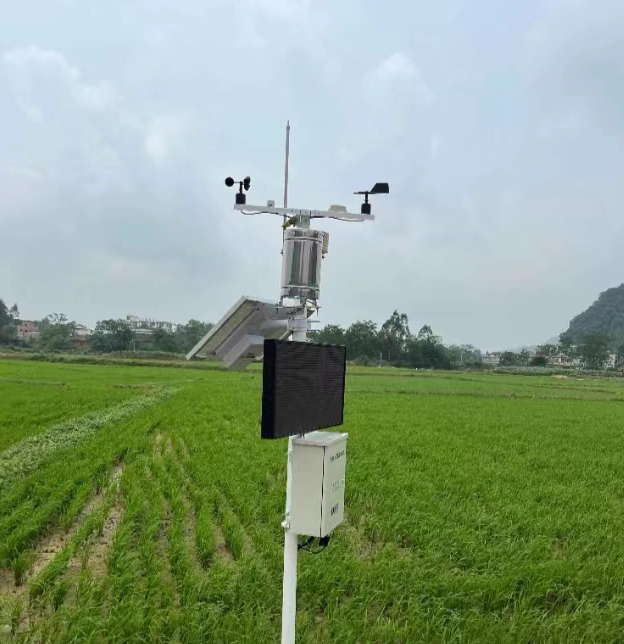
- High degree of automation: it can collect meteorological data continuously and automatically.
- Remote transmission: data can be transmitted to the weather center or other monitoring stations through wired or wireless means.
- Long-term operation: designed for long-term unattended operation, usually equipped with a stable power supply system, such as solar panels or batteries.
- Wide range of applications: Widely used in agriculture, transportation, environmental protection, scientific research and military fields.
Handheld weather station is a kind of portable weather observation instrument which is easy to carry and operate. It usually integrates the measurement of several meteorological elements, such as wind speed, wind direction, ambient temperature, relative humidity, dew point temperature, altitude and so on. Handheld weather station adopts the combination of weather sensor and handheld machine, which can collect, display, store and transmit weather data in real time. Because of its light structure and easy to carry, it becomes a necessary instrument for meteorological monitors to go out to collect data and make on-site real-time measurements for special environments.
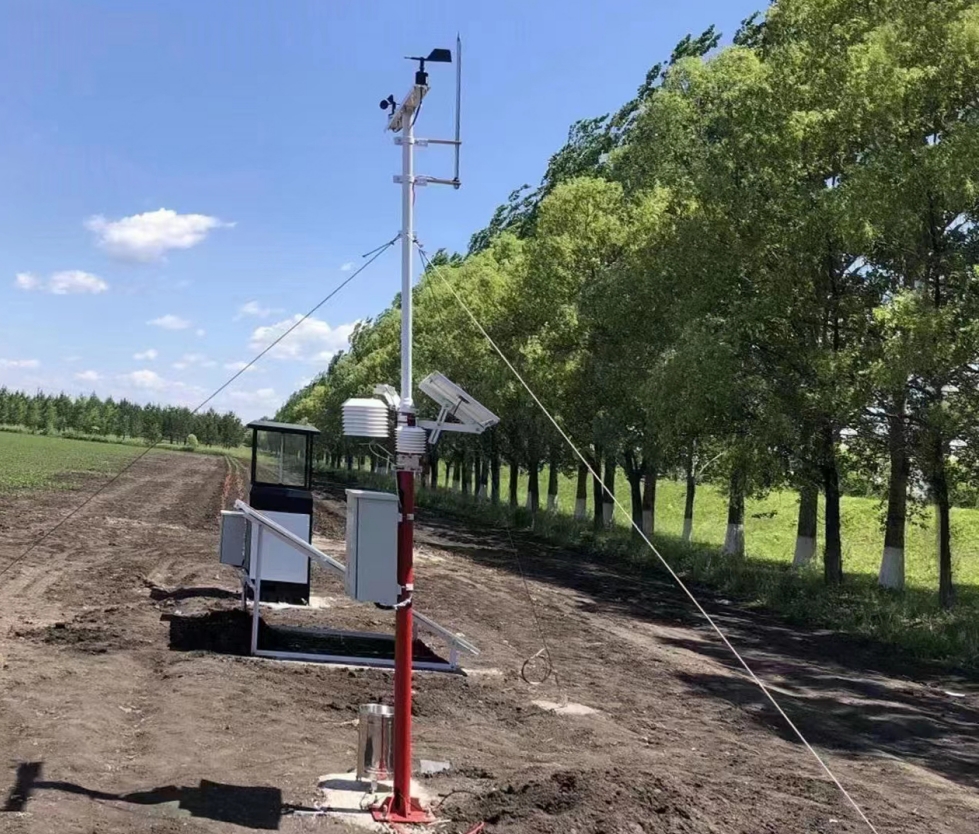
- Portability: small size and light weight, easy to carry and operate.
- Instant Measurement: Fast and instant weather data measurement can be carried out at any location.
- Relatively Limited Functionality: Handheld weather stations typically measure fewer weather parameters than automatic weather stations.
- Battery-powered: Usually relies on rechargeable batteries for power.
The main differences between an automatic weather station and a handheld weather station are:
1. Functions and Uses:
Automatic weather station: powerful, can automatically detect multiple weather elements, suitable for continuous, high-precision meteorological data need occasions, such as meteorological scientific research, agriculture, forestry and so on.
Handheld weather station: lightweight and easy to carry, relatively single function but practical, mainly used for going out to collect data or on-site real-time measurement.
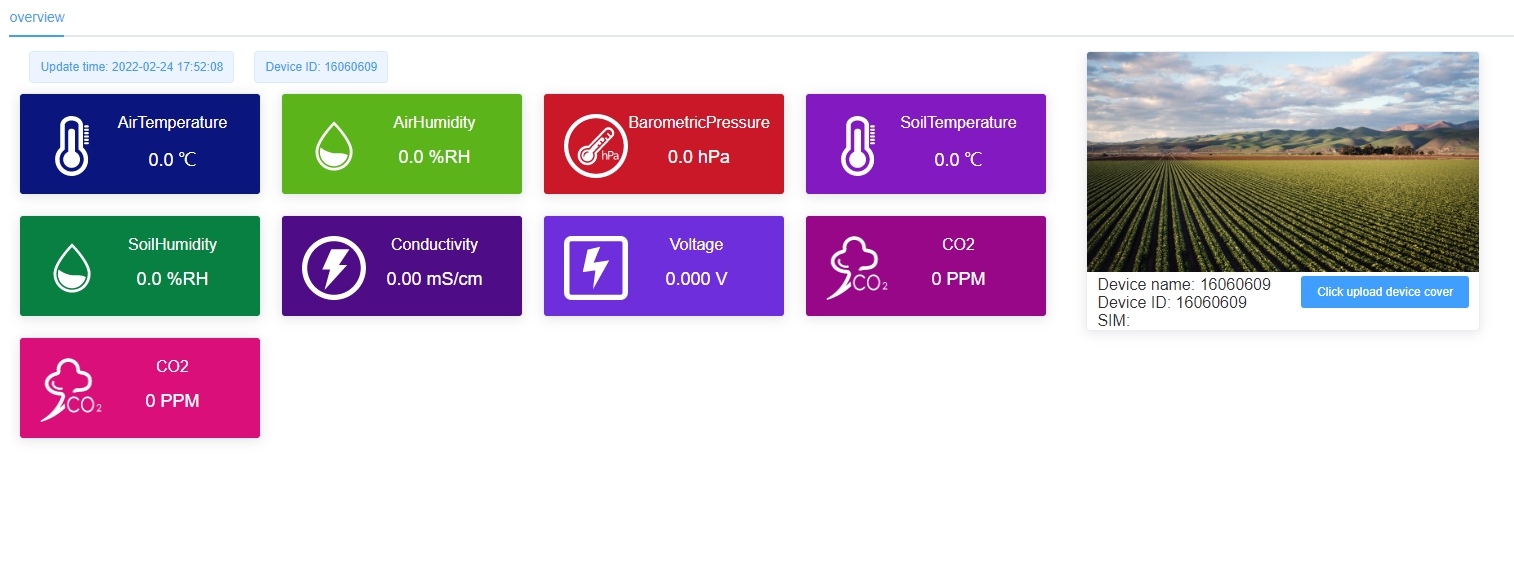
2. Installation mode:
Automatic weather station: usually installed in a fixed location, through the wired or wireless transmission of data.
Handheld weather station: no need to install, can be carried around, flexible application in a variety of environments.
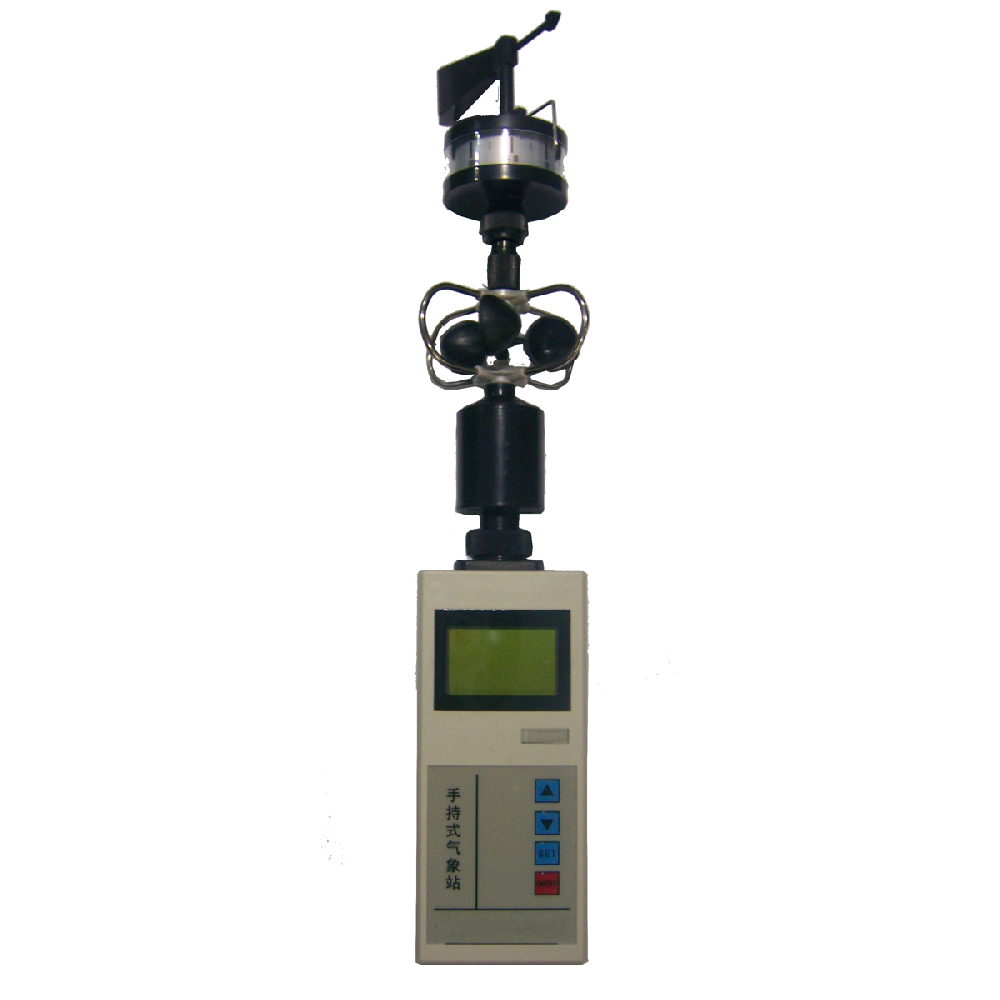
3. Function and data transmission
- Automatic weather station: In addition to the basic measurement of meteorological parameters (e.g. temperature, humidity, wind speed, wind direction, etc.), it may also be equipped with more specialized sensors, such as radiation sensors, soil moisture sensors and so on. The data transmission methods are various, including wired and wireless transmission, which can upload data to the server or cloud platform in real time and support remote monitoring and data analysis.
- Handheld weather station: Although it can also measure a variety of meteorological parameters, its functions are relatively simplified, focusing more on immediacy and portability. In terms of data transmission, handheld weather station usually has wireless communication function, which can be connected with cell phone APP through 4G/5G network or Bluetooth, which is convenient for users to view and analyze data anytime and anywhere.
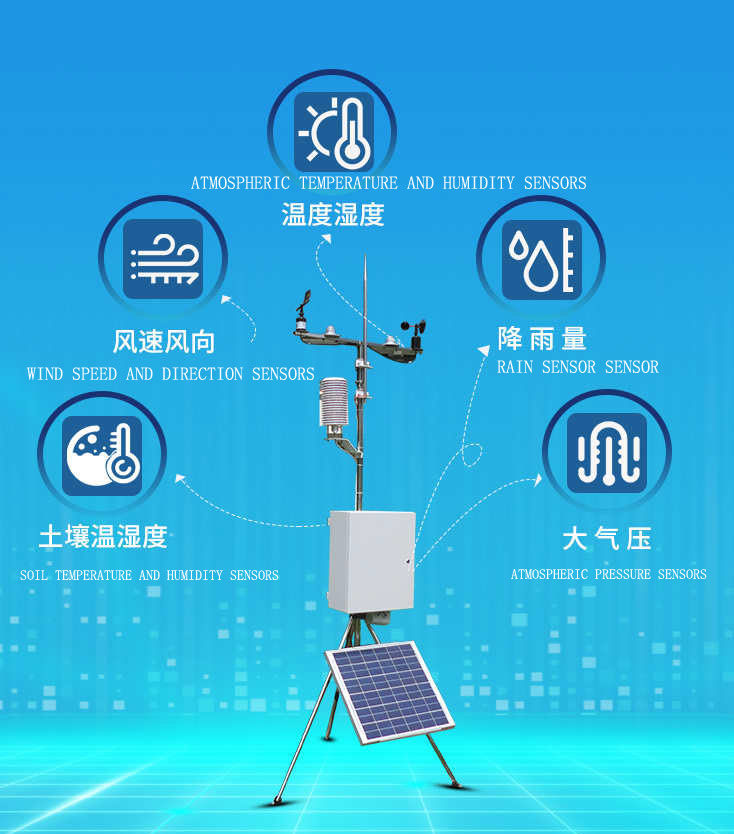
4. Data storage and processing
- Automatic weather station: large data storage capacity, the internal flash of the device can store a large amount of data, and it also supports external memory card to ensure data security and long-term preservation. It has strong data processing capability and is capable of preliminary data analysis and processing.
- Handheld weather station: Although the data storage capacity is relatively limited, through wireless transmission, users can view and download data in real time to meet immediate needs.
5. Usage Scenarios:
- Automatic weather station: widely used in weather stations, agriculture, forestry, environmental protection, water conservancy, geological exploration, plant cultivation and other fields, as well as scientific research and industrial production in need of long-term, continuous weather data.
- Handheld Weather Station: It is suitable for occasions requiring instant weather information, such as sports events, outdoor activities, agricultural irrigation decision-making, emergency rescue, etc., as well as rapid weather data collection by scientific researchers during field trips.
6. Design and Portability
- Automatic Weather Stations: usually designed for fixed installation, they are larger in size and more complex in structure, containing multiple sensors and data acquisition units. They can operate unattended for long periods of time and are suitable for situations where long-term monitoring of meteorological data is required.
- Handheld Weather Stations: Lightweight and compact in design, they are easy to carry and operate, and are characterized by being small and handheld. They are suitable for on-site instant measurements, facilitating users to conduct rapid meteorological observations at different locations.
7. Power supply and power consumption
- Automatic weather stations: usually equipped with stable power supply systems, such as solar panels and storage batteries, to ensure long-time operation.
- Handheld weather station: low power consumption design, built-in lithium battery power supply, with charging protection and low voltage alert function, suitable for mobile use.
8. Size and portability:
- Automatic weather station: usually larger and fixedly installed at a certain location.
- Handheld weather station: small size, easy to carry.
9. Measurement range and accuracy:
- Automatic weather stations: capable of measuring a wider range of weather parameters and usually with higher accuracy.
- Hand-held weather stations: measure fewer parameters and may be slightly less accurate.
To summarize, there are obvious differences between automatic weather stations and handheld weather stations in terms of functions, purposes, installation methods, data transmission and processing, as well as usage scenarios.
Automatic weather stations and handheld weather stations have their own focuses in design, functions, usage scenarios and data transmission methods. Automatic weather stations are suitable for fixed places where long-term and continuous monitoring of weather data is required, while handheld weather stations are more suitable for mobile scenarios where instant weather information is required. Both of them are complementary to each other, and together they meet the needs for weather data collection and analysis in different fields.
In a nutshell, automatic weather stations are suitable for long period and high precision monitoring in fixed locations, while handheld weather stations are suitable for highly mobile scenarios that require instant data. Both have their own advantages, and users can choose the right equipment to meet the needs of weather monitoring and data collection according to actual needs.
Related recommendations
Sensors & Weather Stations Catalog
Agriculture Sensors and Weather Stations Catalog-NiuBoL.pdf
Weather Stations Catalog-NiuBoL.pdf
Related products
 Combined air temperature and relative humidity sensor
Combined air temperature and relative humidity sensor Soil Moisture Temperature sensor for irrigation
Soil Moisture Temperature sensor for irrigation Soil pH sensor RS485 soil Testing instrument soil ph meter for agriculture
Soil pH sensor RS485 soil Testing instrument soil ph meter for agriculture Wind Speed sensor Output Modbus/RS485/Analog/0-5V/4-20mA
Wind Speed sensor Output Modbus/RS485/Analog/0-5V/4-20mA Tipping bucket rain gauge for weather monitoring auto rainfall sensor RS485/Outdoor/stainless steel
Tipping bucket rain gauge for weather monitoring auto rainfall sensor RS485/Outdoor/stainless steel Pyranometer Solar Radiation Sensor 4-20mA/RS485
Pyranometer Solar Radiation Sensor 4-20mA/RS485
Screenshot, WhatsApp to identify the QR code
WhatsApp number:+8615367865107
(Click on WhatsApp to copy and add friends)